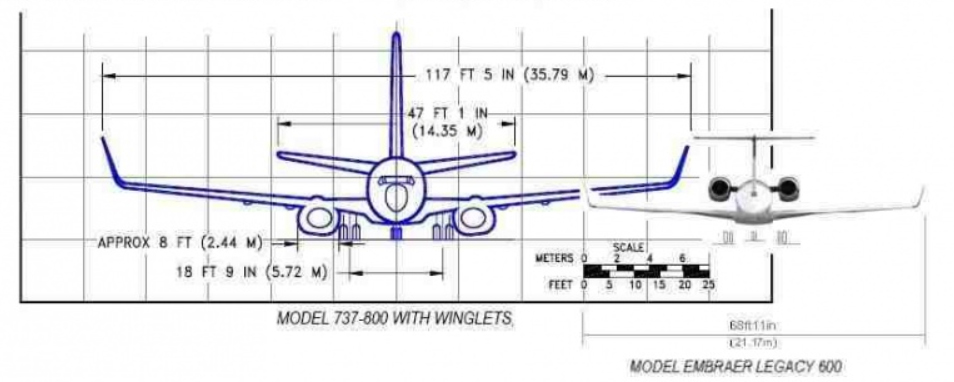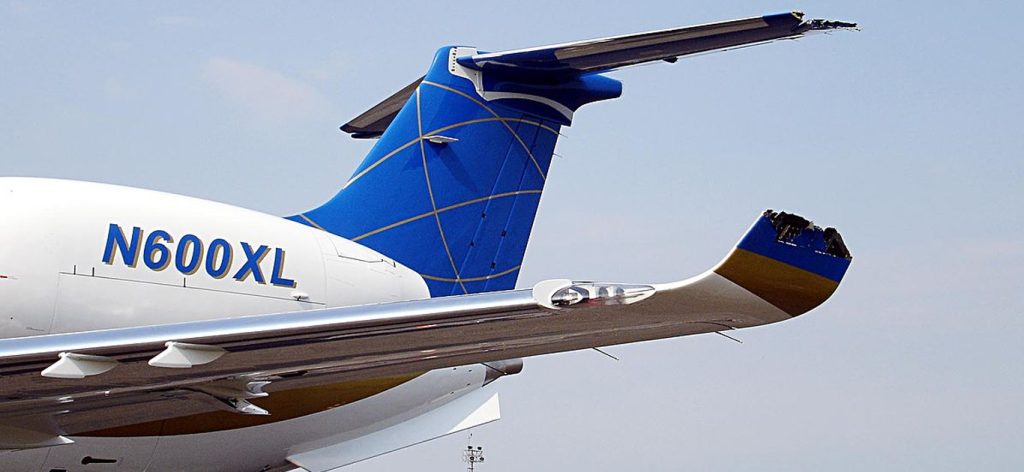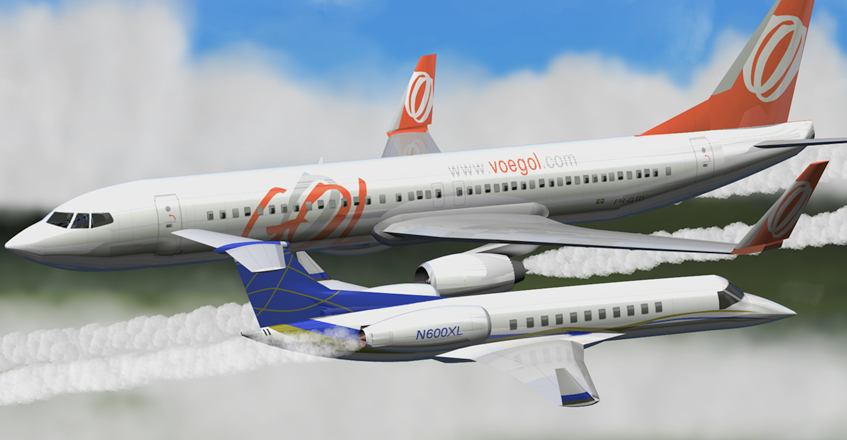It is already common knowledge that not all major disasters are caused by just one major failure, but some, results from a succession of numerous small bad decisions. This logic applies very well to airplane accidents.
Since much of the operating systems in this business (not just those of aircraft) are heavily checked before each operation, hardly a major failure will have time to form.
What is not common, is that we hear the term "console system" involved in disasters. Certainly the term highlighted above is not even known to the majority of the general population. Perhaps this is because an operations center is only the means by which a decision is transmitted and the concept of "console" is very specific to one's area. However, one must agree that an operations center ready to meet the demands and with high information gathering power would certainly facilitate the making of more accurate decisions, since, sometimes, small pieces of information would bring the necessary clarity to set off on more assertive paths.

Because of the enormous and avoidable complications that poor communication can bring, airborne communication is treated with such responsibility and seriousness. This is not only rooted in those who admire this area of expertise, but also provided by law and cited in various statutes and rules of the air force. To have an idea, the law nº 7.565, from December 19th, 1986, in its article 302, I, provides fines and even the revocation of the license for those who "operate aircraft without maintaining standard phraseology in the radiotelephonic communications".
Not by negligence, nor by incompetence (remembering that Brazil is among the 5 best rated countries in operational safety), on September 29, 2006, a collision occurred in the Brazilian skies. Accidents of this magnitude are difficult to happen, especially because of the width and height of an airway. For two aircraft to collide, the coincidence of events must be enormous. But nothing that is improbable should be underestimated.
The incident began when two American pilots had to transfer an Embraer executive airplane (Legacy) to New York. It was to continue to Brasilia and from there, it was to change its flight level. In short, the change in flight level did not occur and in the opposite direction, on the same airway, was flight 1907 (November), resulting in the collision of the two planes and 154 deaths, with no survivors.

After Brasilia, the Legacy aircraft was supposed to change its altitude to 36,000 feet, one airfield below where it was traveling, at 37,000 feet. But due to a fault found in the aircraft's transponder, the aircraft was not reporting its altitude accurately to the control tower. The controller does not realize this fault in time and cannot correct the Legacy's altitude, allowing it to fly on the incorrect airway. Approximately 5 minutes after the last contact with the tower, the tower tries to communicate with the aircraft, but without success. This, because the frequency that the aircraft was operating, had a range of about 170 mn in relation to the control tower. The first time communication was established with this tower, the aircraft was approximately 170 mn away from it, i.e., at the limit of the range of the frequency it was on. After more or less 5 minutes of the first communication, there are 40 mn traveled by this aircraft, thus completely losing contact with the tower.
Upon realizing that the frequency is incorrect, the pilots of the aircraft change it. However, they did so based on a navigation chart that is out of date, and several calls are made to frequencies that were no longer in use, with no success in response.
Now, amidst so many minor flaws, one point is worth noting. Regarding one of these attempts, when the investigators checked the control tower communication equipment, they found a recording of one such communication attempt from the Legacy aircraft. But why was it not answered? This communication was not answered, because the console system that was used to operate the radio network only allowed 8 frequencies to be selected and listened to. And this frequency that was called by the Legacy was not listening to the console operator.
The limitation of the console system, which was not a fault because it was designed that way, did not cause this disaster, but it certainly failed to prevent it. The lack of flexibility of the control tower communication came at a high cost.

This disaster was caused by a chain of errors. A domino effect, where each piece had its share of blame, and certainly any one of them that had been taken out of the game would have saved the lives of all the people on that flight.
Such a collision, could have been avoided by using efficient and flexible communication. A system that does more than meet the daily needs is not a luxury, but rather what will make the difference when a small failure knocks on the door.
